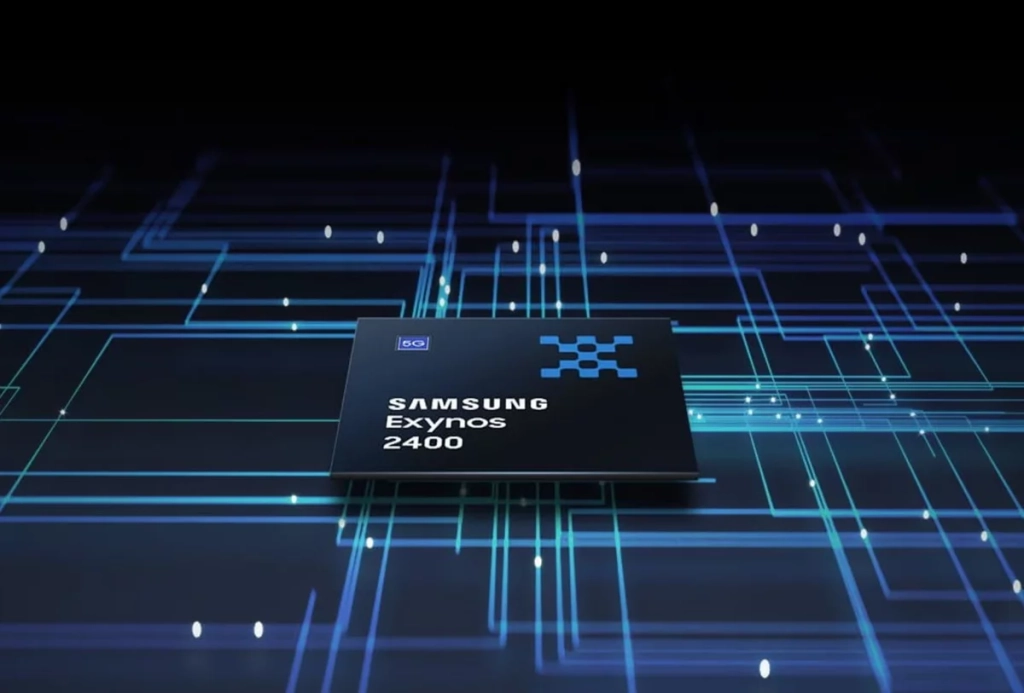Micron is struggling with a slump in demand for memory, TSMC is changing manufacturing schedules with its customers, and even PMICs are shipping again.

There is a growing consensus among manufacturers that the semiconductor industry has slipped into a recession and that the lack of chips in recent years is no longer an issue. The demand for all kinds of hardware has plummeted, among other things due to inflation and the Russian war of aggression in Ukraine.
The Taiwanese news agency Digitimes reports further changes to the plan at the chip contract manufacturer TSMC, according to which customers want to reduce or postpone wafer orders for 2023. As early as July, voices were raised that TSMC, Samsung, UMC, and Globalfoundries (GF), among others, were no longer using their semiconductor factories at 100 percent capacity, which at the time was primarily the case for older production generations.
The Chinese contract chip manufacturer SMIC confirmed the reduced capacity utilization a short time later. In the meantime, however, it is also obvious that current production generations such as 5 and 4 nanometers are affected. Apple, for example, wants to produce fewer iPhones than previously planned.
According to Digitimes, even power management circuits (PMICs), which have been at the heart of the chip shortage problem for a long time, are now widely available again. PMICs are found in virtually all electronic devices to provide the correct voltages to other chips. They are usually manufactured with structures of 90 nm or even coarser and actually only cost a few cents.
Storage prices plummeting
Meanwhile, the recently published quarterly figures from Micron show that memory manufacturers are in trouble. Both DRAM components and NAND flash are currently available in excess because nobody expected the sudden drop in demand. In the period June to August 2022, Micron’s sales fell by a good 23 percent compared to the previous quarter to $6.64 billion, profit by 43 percent to $1.49 billion, and gross margin from 47.4 to 40. 3 percent.
Micron states, “An unprecedented confluence of macroeconomic events and customer inventory adjustments are pushing demand for DRAM and NAND to levels well below end-use; extremely aggressive pricing environment.” Supply will far outstrip demand by the end of the year, leading to overcrowded warehouses.
Production Reduction
As a direct measure, Micron is reducing the utilization of its semiconductor plants and slowing the expansion of its own memory production – capital expenditure for fiscal 2023 (starting this September) falls by almost a third to around $8 billion. New generations of memory are ramping up more slowly than originally planned – in the case of DRAM the 1-beta generation and in the case of NAND flash components with 232 memory layers.
Trendforce’s market research team recently reported that memory manufacturers are struggling with profitability until the end of the year. The production of NAND flash in particular could therefore become negative business until the situation improves again.






Leave a comment